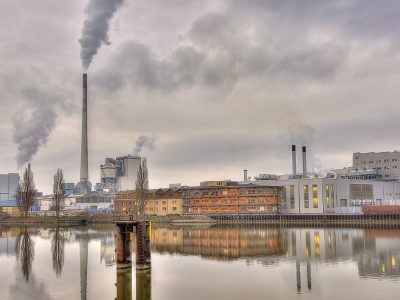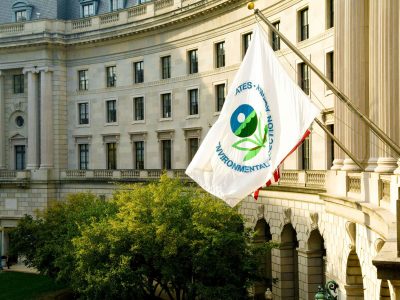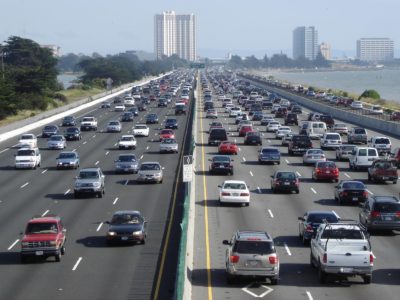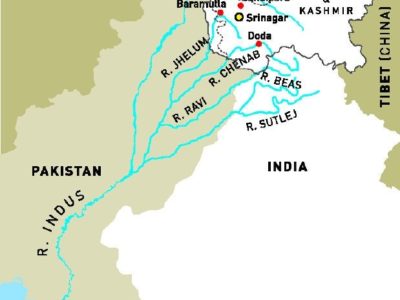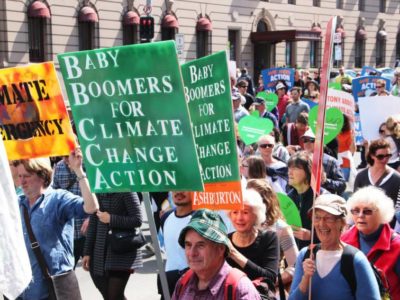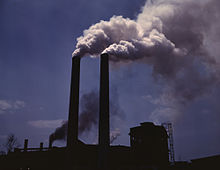Pollution & Health
Things to Be Thankful For
Despite the Trump Administration’s efforts, there are rays of hope.
Three years into the Trump Administration, we’re now accustomed to waking up every morning to learn about a new attack on the environment. But there are also some things to be thankful for. Here’s how I started a similar post in 2017, just a year after the 2016 election: “Overall, it’s been a pretty lousy …
Continue reading “Things to Be Thankful For”
CONTINUE READINGWhy Don’t States Implement the Polluter Pays Principle?
An economic analysis suggests why not
Some time ago, I was thinking about the “polluter pays” principle of international environmental law. In this, the source — not its receiving victim — of pollution or other environmental harm should pay for any remediation done and for ending the pollution. Yet despite the principle’s normative appeal, countries (or “states” in the language of …
Continue reading “Why Don’t States Implement the Polluter Pays Principle?”
CONTINUE READINGEPA’s Draft Update to Its “Science Transparency Rule” Shows It Can’t Justify the Rule
EPA Cites an Inapplicable “Housekeeping Statute” to Justify Its Rule to Limit the Use of Science In Important Regulatory Decisions
Over a year ago, EPA issued a proposed rule , ostensibly to promote transparency in the use of science to inform regulation. The proposal, which mirrors failed legislation introduced multiple times in the House, has the potential to dramatically restrict EPA’s ability to rely on key scientific studies that underpin public health regulations. The rule, …
CONTINUE READINGToyota’s Defense of Its Choice to Support the Trump Administration’s Auto Standards Rollback Rings Hollow
Sadly, Toyota Has Ceded Its Place As the Industry’s Environmental Leader
My colleagues Ann, Cara, Julia, and Rick have all written about various aspects of the decision by General Motors, Toyota, and other automobile manufacturers to side with the Trump administration as it tries to prevent California from setting its own greenhouse gas emission standards. The administration is implementing this rollback in tandem with a federal …
CONTINUE READINGTrump Announces Waiver Rollback on Twitter
Revoking California’s Clean Air Act Waiver Is Bad Policy and Legally Indefensible
This post was originally published on the American Constitution Society’s Expert Forum on September 18, 2019. President Trump announced the revocation on Twitter this morning. It’s not news that the Trump administration has been planning, via its so-called SAFE Rule, to freeze Obama-era fuel economy standards, roll back tailpipe greenhouse gas (GHG) emissions standards, and …
Continue reading “Trump Announces Waiver Rollback on Twitter”
CONTINUE READINGA Welcome Victory in the D.C. Circuit
This is what it looks like when judges just buckle down and do their jobs.
Last Friday, the D.C. Circuit decided Wisconsin v. EPA. The federal appeals court rejected industry attacks on a regulation dealing with interstate air pollution but accepted an argument by environmental groups that the regulation was too weak. Last week also featured depressing examples of the drumbeat of Trump Administration rollbacks, so it was especially nice …
Continue reading “A Welcome Victory in the D.C. Circuit”
CONTINUE READINGWeaponizing Water in Kashmir
India’s legal moves on water put Pakistan on edge
A month after India’s move to exert more direct control over Jammu & Kashmir, the Indian state that occupies part of the larger Kashmir region, the country is also now in a position to exert control – in both illegal and legal ways – over important river waters that Pakistan relies upon to sustain people …
Continue reading “Weaponizing Water in Kashmir”
CONTINUE READINGA Rule to Revoke California’s Waiver?
Why an action to revoke the waiver for California’s Advanced Clean Cars program could be the Administration’s worst move yet.
A couple of weeks ago, the New York Times reported that in the midst of growing “disarray” around the rollback of the Obama-era fuel economy and greenhouse gas tailpipe emissions standards, “Mr. Trump went so far as to propose scrapping his own rollback plan and keeping the Obama regulations, while still revoking California’s legal authority …
Continue reading “A Rule to Revoke California’s Waiver?”
CONTINUE READINGA Letter to My Fellow Boomers About Climate Change
We have met the enemy and he is us.
Polls show that a great many members of our generation oppose taking action against climate change. I want to try to explain to that group why you should rethink your views. Let me start by explaining why climate action would benefit you yourself and then widen the focus to include your grandchildren and their kids. …
Continue reading “A Letter to My Fellow Boomers About Climate Change”
CONTINUE READINGGet Ready for Phase 2 of the Deregulation Wars
Air quality standards are next on the chopping block.
The first phase of Trump’s regulatory rollbacks has been directed against Obama’s climate change regulations. Those deregulatory actions will be finalized soon. What happens next will be in the hands of the courts. But the Trump EPA is now beginning a new phase in its attack on environmental regulation. Having tried to eliminate climate rregulation, …
Continue reading “Get Ready for Phase 2 of the Deregulation Wars”
CONTINUE READING




